UNLIMITED ACCESS TO OVER 400 HISTORIC PLACES
Live and breathe the story of England at royal castles, historic gardens, forts & defences, world-famous prehistoric sites and many others.
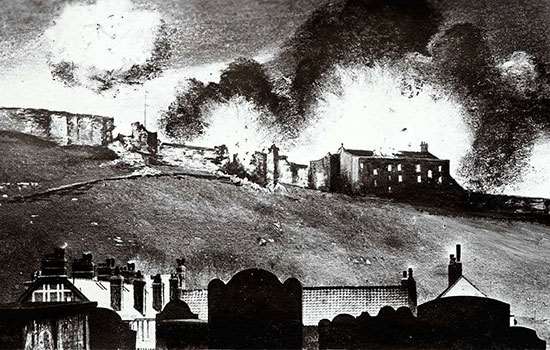
Learn of the first time civilians were targeted on English soil during the First World War, and how ‘Remember Scarborough’ became a rallying cry.
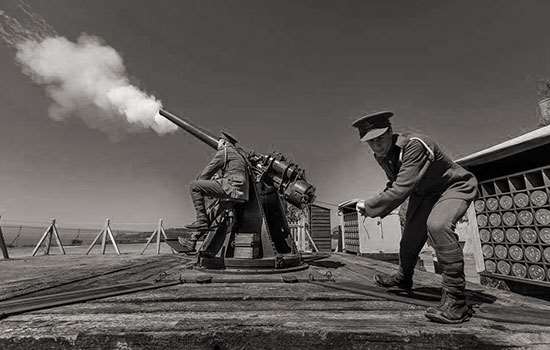
Discover how Dover Castle was transformed into a command and control centre and took on a vital role in the defence of Britain.
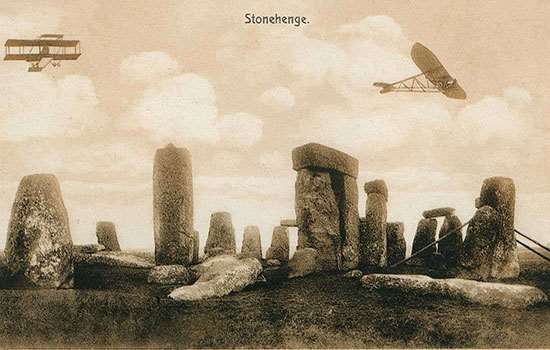
Find out why an aerodrome was built at Stonehenge, and what pilots thought of training on the grass runways near the famous stones.
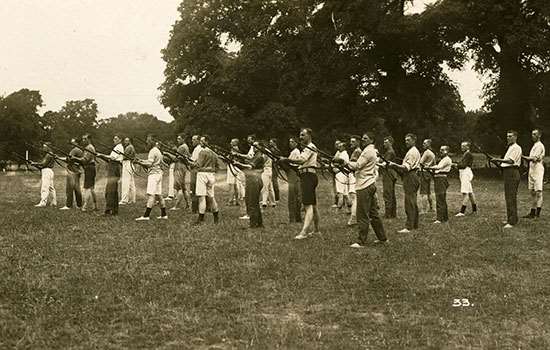
Explore the profound changes wrought by war on the people knitting, nursing, training and falling in love at English country houses.
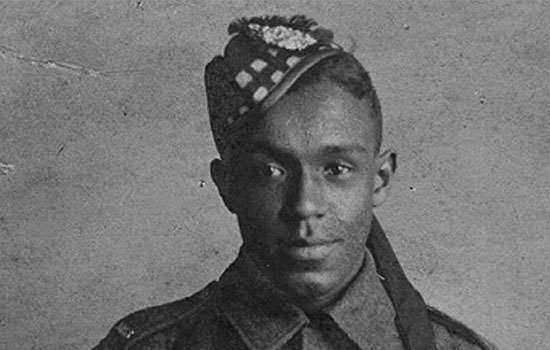
Private Arthur Roberts’ diary of his military service shows us his journey from raw, wide-eyed recruit to a man coming to terms with the full horror of trench warfare.
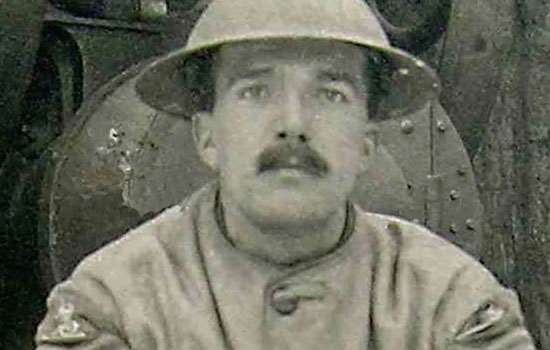
How John Glasson Thomas’s letters to Gertie Brooks offer a very special record of one man’s Great War, from training at Pendennis Castle to the front.
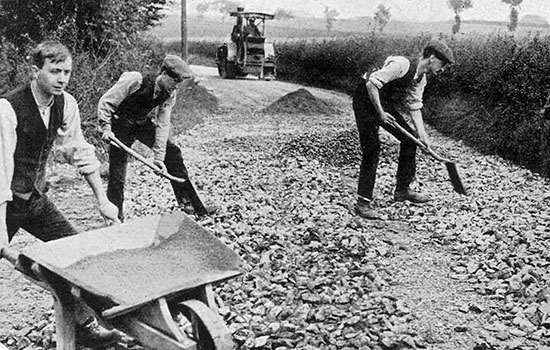
Conscription was introduced in 1916 and 20,000 men in Britain appealed for exemption from military service. Discover their stories of defiance and faith.
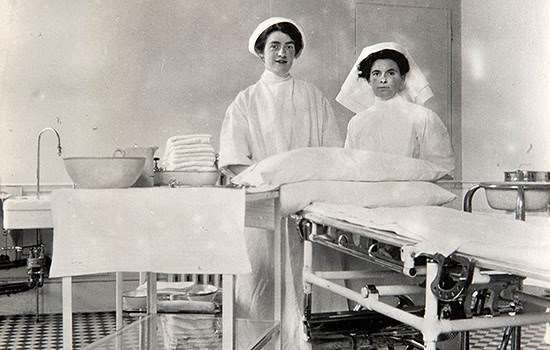
Wrest was used first as a convalescent home and then a base hospital. Explore its story via family scrapbooks compiled in the 1930s.
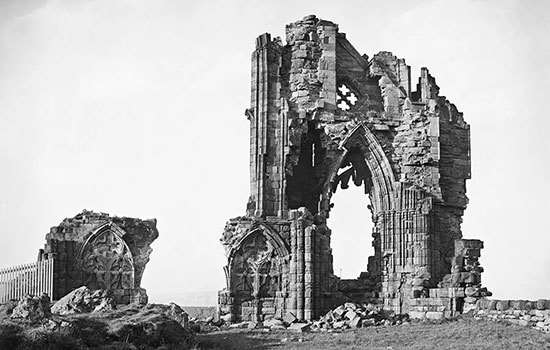
Discover how Whitby was attacked by a German battlecruiser firing twelve-inch shells in 1914, and later repaired.
The dead of the First World War seldom came home. English Heritage cares for some of the poignant memorials created to give mourners in Britain a focus for their grief.
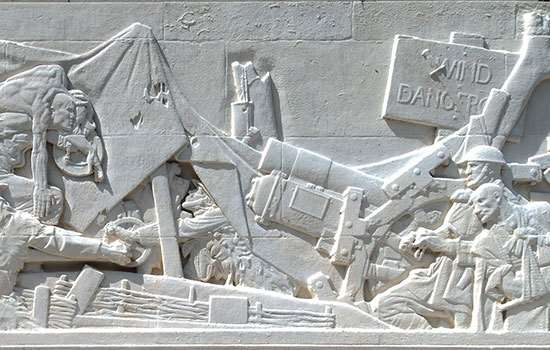
Discover different approaches to commemorating the dead at six of central London’s finest First World War memorials, some of which reflect their creators’ wartime experiences.
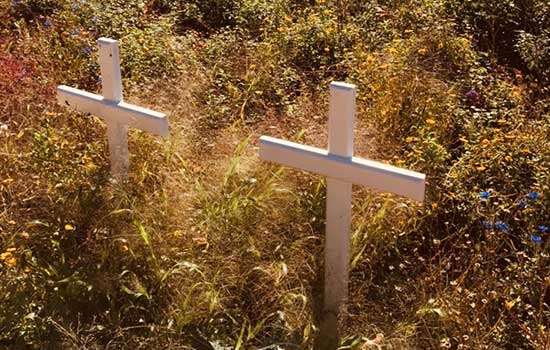
War drastically altered lives and landscapes. Learn about Ernest Johnson, gardener at Osbourne House, who was drafted into the Navy and later commemorated at the garden he once tended.
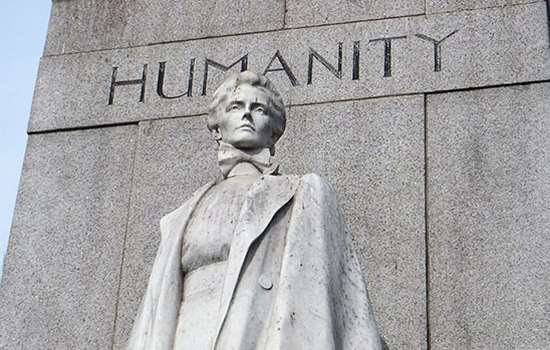
Nurse and matron Edith Cavell enabled hundreds of Allied soldiers to escape the German occupation. She was caught and executed, and became a symbol of sacrifice and forgiveness.
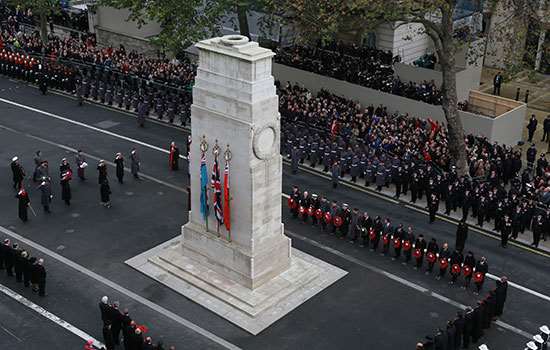
Learn how the Cenotaph in Whitehall took a pre-eminent place as the nation’s main place of commemoration of its war dead.
Listen to discover more about the First World War at our sites and the collections and people associated with them.
Explore stories behind some of the thousands of graffiti inscribed on the walls of a cell block, many of which were left by conscientious objectors.
Learn how the red poppy became a symbol of those who gave their lives in conflicts and how and where the commemorative poppies are made today.
Explore the explosive history of English Heritage’s artillery collection and the conservation work to ensure that rare guns and cannons survive.
Learn about Berwick Barracks and how the story of one First World War soldier who lived here has been immortalised in a painting.
Hear stories of the nurses who worked at Wrest Park military hospital, what the soldiers did to keep their spirits up and the disaster that forced it to close.
Discover why Stonehenge was used as an aerodrome and if there is any truth to the story that the stones were used for target practice!
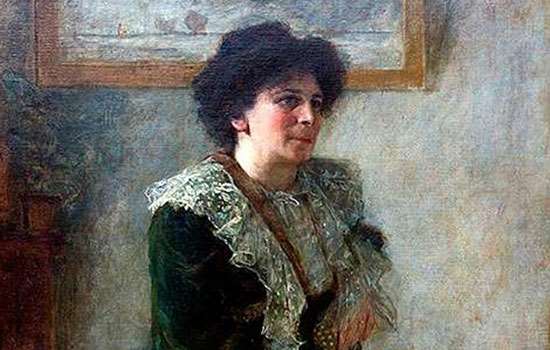
Leading physicist Hertha Ayrton invented the Ayrton fan, a device used in trench warfare for dispelling poisonous gases
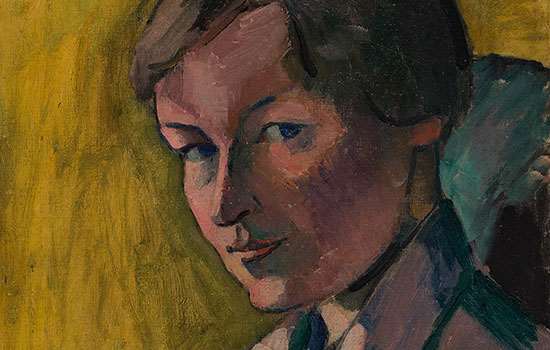
Enid Bagnold’s frankness about her wartime nursing experience got her fired but HG Wells considered her book ‘one of the most human’ written about war.
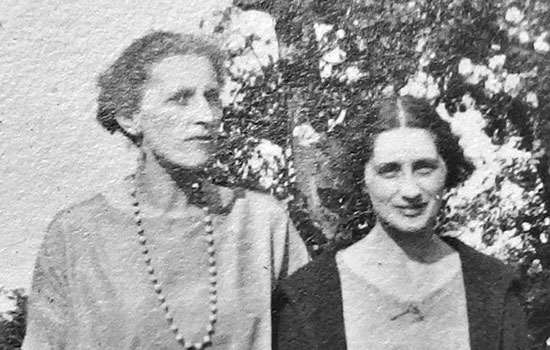
Vera Brittain and Winifred Holtby were nurses during the war. Brittain’s novel, Testament of Youth, dealt with the devastating blow dealt by the First World War to their generation.
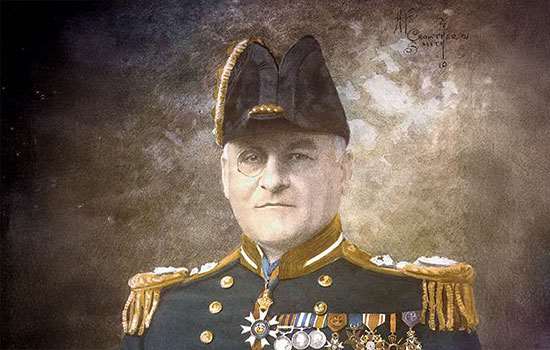
Sir Mansfield Cumming was the first Chief of the Secret Service Bureau and created the network ‘La Dame Blanche’, which reported on enemy troop movements.
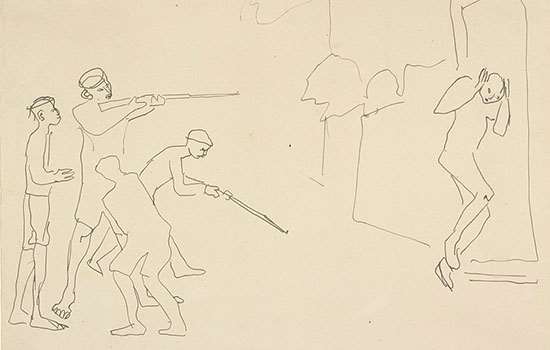
Henri Gaudier-Brzeska was an avant-garde artist who wrote from the trenches to the Vorticist magazine Blast about war and carving a broken gun into a sculpture.
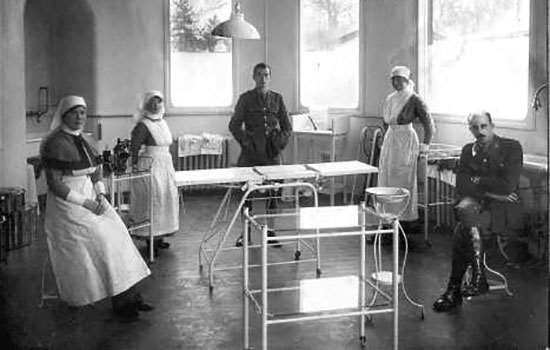
Harold Gillies sought to repair the terrible damage done to soldiers’ faces during the First World War and in so doing, revolutionised plastic surgery.
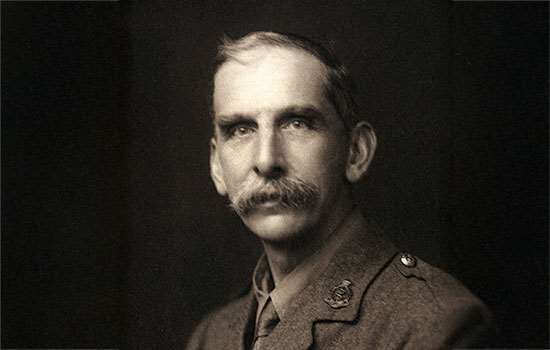
Horsley volunteered for active service and fought to improve care for wounded and diseased troops in the military hospitals near Baghdad.
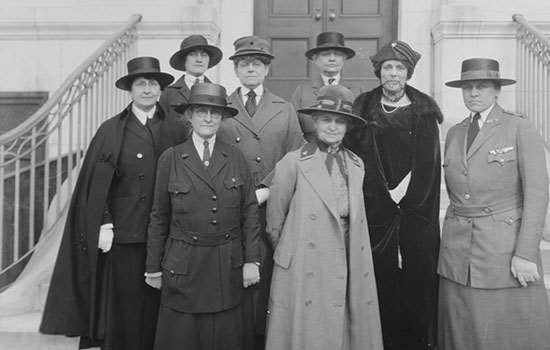
Dame Maud McCarthy was responsible for the entire nursing operation on the Western Front, from the English Channel to the Mediterranean.
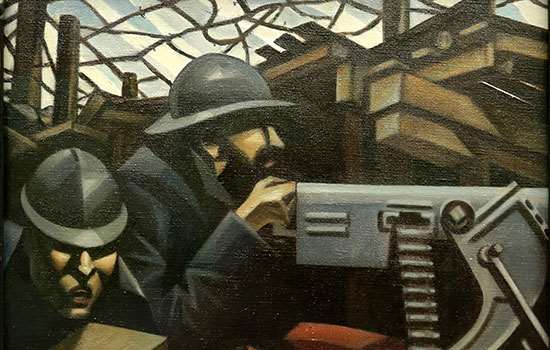
Henry Nevinson accompanied the first Friends Ambulance Unit to reach France. His son, CRW Nevinson, was a medic and an official war artist.
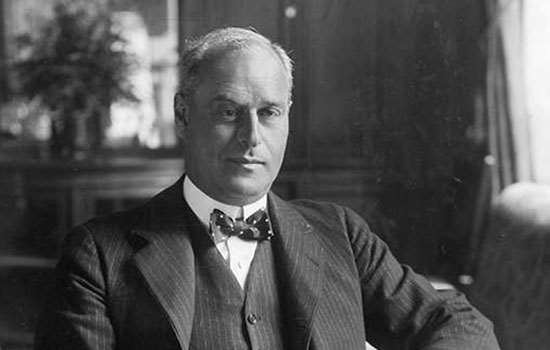
Sir Arthur Pearson was secretary of the National Relief Fund, and in 1915, he established a charity for blinded servicemen, which became Blind Veterans UK.
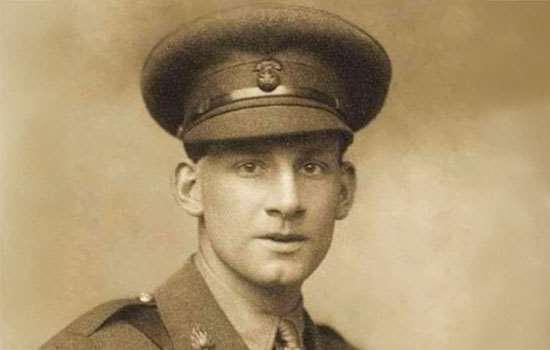
Sassoon’s exceptional courage earned him the Military Cross and the nickname ‘Mad Jack’. His war poems and memoirs are his best-known works.
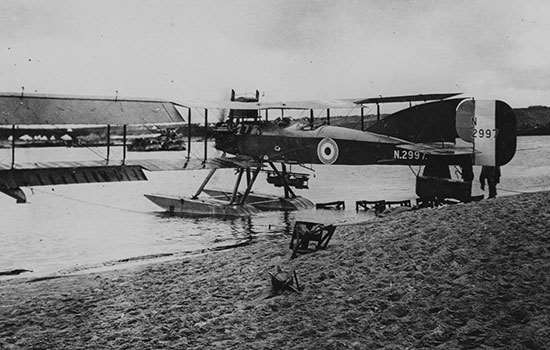
Britain’s first aircraft manufacturers, Horace, Eustace and Oswald Short built aircraft for the British military. A Short seaplane dropped the UK’s first air-launched torpedo.

Learn about Brodsworth’s role as a hub for the community to make thousands of garments in short supply for troops.
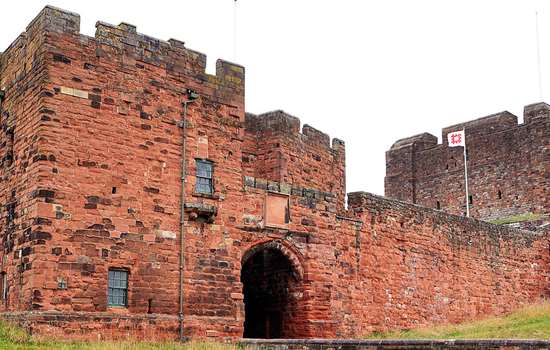
Visit Carlisle Castle, where 23,000 recruits passed through training to prepare for service overseas.
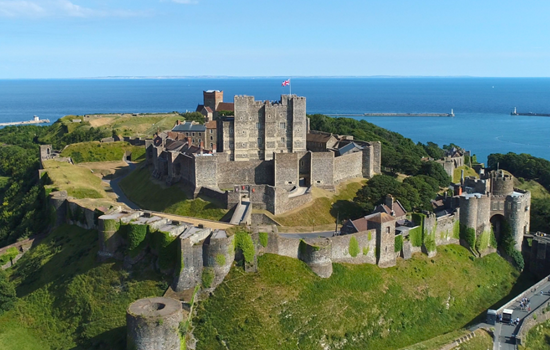
Explore the recreated anti-aircraft battery, a reminder that Dover was subject to the first German bomb to fall on Britain.
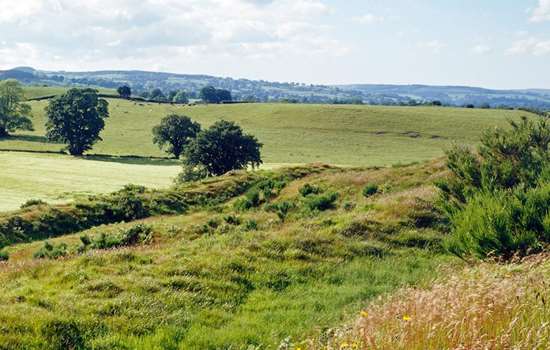
Discover the archaeological remains of trenches dug to train servicemen for what they would face in combat.

Discover the role of Pendennis Castle as the first port of call on the English Channel and the story of Fortress Falmouth during the First World War.
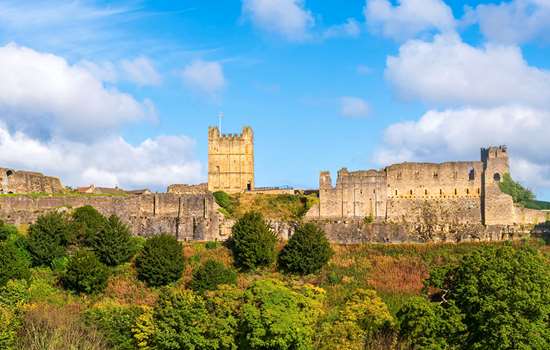
Richmond Castle was occupied by the northern Non-Combatant Corps. Explore their stories and how they left their mark.

Visit the Airman's Cross memorial dedicated to two very early airmen, a poignant reminder of the brave pioneer flyers who trained nearby.
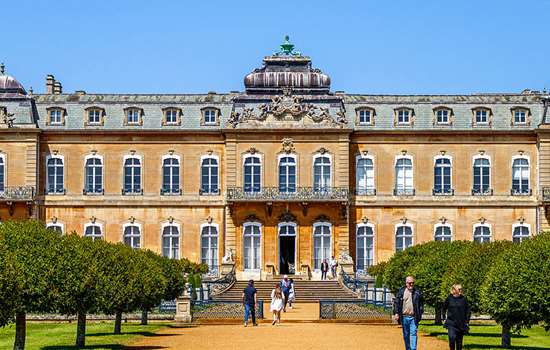
Explore the first country house to be turned into a hospital during the First World War and learn about the lives of nurses and soldiers.